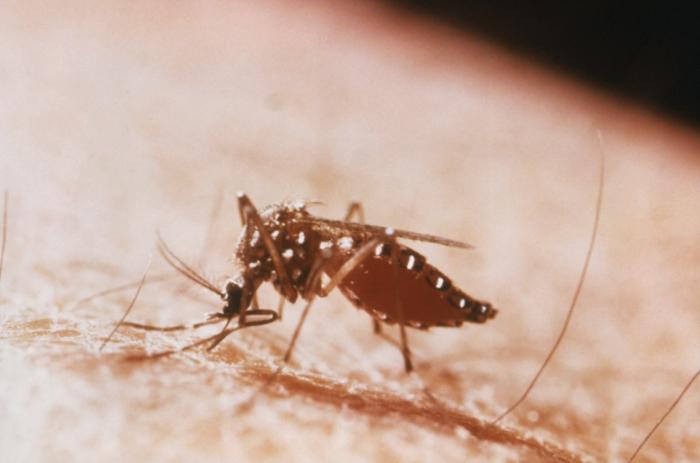By NewsDesk @infectiousdiseasenews
The number of dengue fever cases in Singapore hit another grim milestone Monday as the case tally surpassed 25,000. The case count as of Monday is now 25,053 and the death toll is 20 as of Aug.2.

The National Environmental Agency is working with all Town Councils to step up dengue prevention efforts islandwide, all residents, especially those living in dengue clusters areas, should do the three protective actions listed below, to protect themselves and their loved one against dengue.
Protective actions against dengue: ‘Spray, Apply, Wear’ or SAW in short
- Spray insecticide in dark corners around the house
- Apply insect repellent regularly
- Wear long-sleeve tops and long pants
Residents must do their part to ensure that their homes and immediate surroundings, such as corridors and gardens, are rid of stagnant water. Of particular concern is the repeated mosquito breeding that NEA continues to find in homes. In the first six months, about 150 of NEA’s subsequent inspections at residential premises found repeated Aedes mosquito breeding. Even more egregious are that 23 out of these 150 subsequent inspections also yielded multiple mosquito breeding habitats. NEA will continue to take strong enforcement action against premises with mosquito breeding detected.
Those showing symptoms suggestive of dengue should see a medical practitioner early, to be diagnosed and managed accordingly. Early diagnosis can facilitate better case management, and persons with dengue can also help prevent further transmission by applying repellent regularly, so that mosquitoes do not bite them and pick up the virus from them. The symptoms suggestive of dengue include:
• Sudden onset of fever for two to seven days;
• Severe headache with retro-orbital (behind the eye) pain;
• Joint and muscle pain;
• Skin rashes;
• Nausea and vomiting;
• Bleeding from the nose or gums;
• Easy bruising of the skin
- Florida: Dengue fever and West Nile virus updates
- Plague in California: 1st human case reported in 5 years
- Hydroxychloroquine ineffective as a preventive antiviral against COVID-19: Case Western Reserve University study
- Crimean Congo hemorrhagic fever case reported in Senegal
- Connecticut reports 1st human West Nile virus case
- Rabies kills elephants at Kaziranga National Park according to media account, Anti-Rabies Vaccination drive underway
- COVID-19: Philippines reports 3,314 new cases, Center for Emerging and Re-emerging Infectious Disease unveiled
- Finland reports increase in COVID-19, Face masks recommended
- Mongolia plague: Another human case, this one in Tsetseg soum, Khovd province


One thought on “Singapore dengue outbreak tops 25,000”